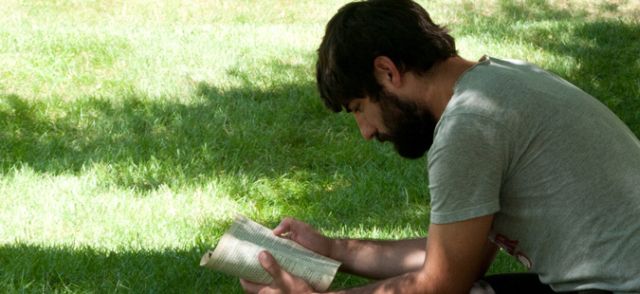
History Faculty Publications
Document Type
Conference Paper
Publication Date
10-1995
Publication Source
Proceedings of the Fourth World Conference on Engineering Education
Abstract
Beginning in 1989 and then every other year thereafter, a unique course dealing specifically with the history of civil engineering has been taught to all civil engineering majors at the University of Dayton. What has evolved over time -- in response to student feedback, ongoing reform in the curriculum, and a maturing of faculty expertise -- is a course in the history of civilization that has as its major focus the discipline of civil engineering.
In reality, what happens in the classroom is a far broader learning experience than either the disciplines of history or civil engineering could provide standing alone. A true body of coherent interdisciplinary knowledge has crystallized -- a synergistic product - that brings together both nonverbal and verbal thinking. And as the semester unfolds, students develop a chronological perspective concerning the ideas, practices, and institutions associated with civil engineering.
The substantial and visible works of civil engineers --bridges, buildings, and transport technologies -- are artifacts that both reflect the specific culture out of which they were created and simultaneously serve as focal points to the definition of that culture. And it is these structures that are the starting point for the discussion of important themes that transcend time, space and indeed the material world. Thus, such topics as the significance of societal priorities; the place of people within their environment; the role of mathematics within the design process; the balance between the functional and the aesthetic; and the significance of organizational structures to the creation of new technologies, are lectured upon and discussed throughout the term.
In sum, this historical course serves as a catalyst to unify areas of knowledge that have typically been presented to students in discrete "chunks," during their academic careers. With a better sense of themselves and their profession, it is hoped that they will be better prepared to lead and to make the difficult decisions that undoubtedly await them.
Inclusive pages
327-330
Document Version
Published Version
Copyright
Copyright © 1995, William C. Norris Institute
Publisher
William C. Norris Institute
Volume
1
Place of Publication
Saint Paul, MN
Peer Reviewed
yes
eCommons Citation
Heitmann, John Alfred, "Civilizing the Civil Engineer: How a History Course Can Serve as a Curriculum Capstone" (1995). History Faculty Publications. 100.
https://ecommons.udayton.edu/hst_fac_pub/100



Comments
This document is provided for download by permission of the publisher. Permission documentation is on file.